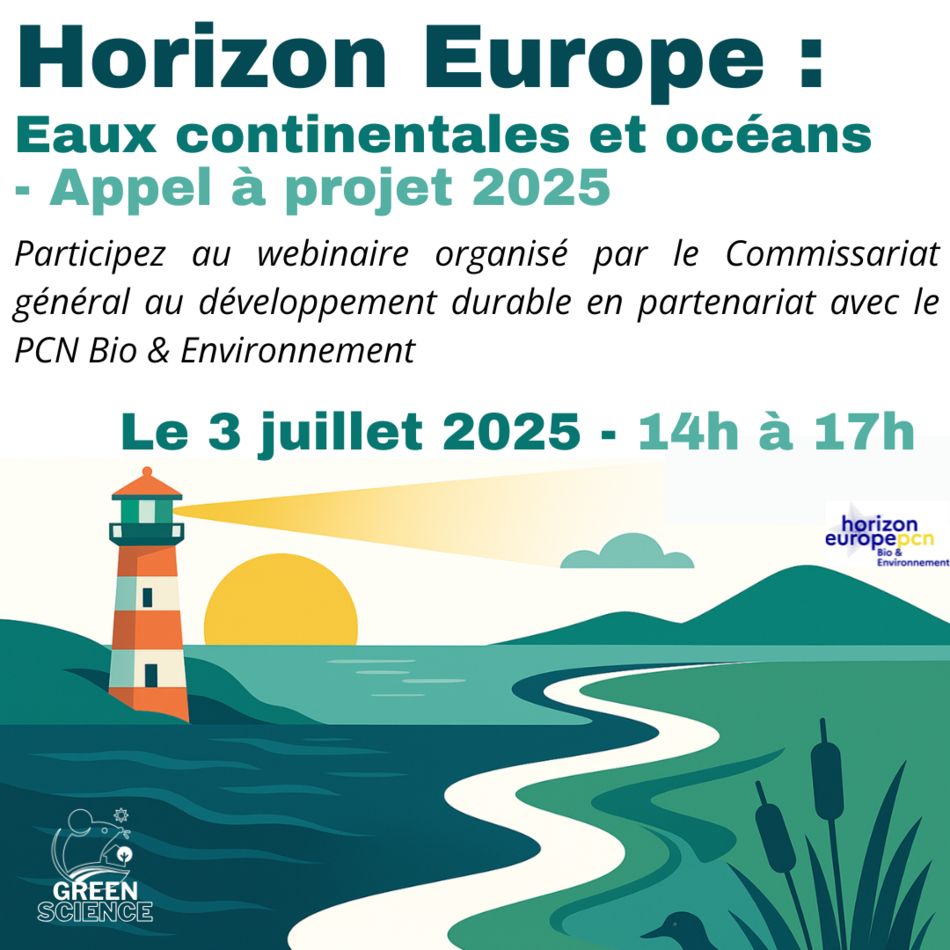Description :
ExpectedOutcome:
Project results are expected to contribute to the following expected outcomes.
- Environment. Project results are expected to demonstrate that the proposed solutions would have no negative impact on the environment (i.e. in terms of emissions, noise and/or local air quality) or on the potential improvement of the aviation environmental footprint.
- Safety. Project results are expected to maintain at least the same level of safety as the current ATM system.
- Security. Project results are expected to maintain at least the same level of security as the current ATM system.
Scope:
The SESAR 3 JU has identified the following innovative research elements that could be used to achieve the expected outcomes. The list is not intended to be prescriptive; proposals for work on areas other than those listed below are welcome, provided they include adequate background and justification to ensure clear traceability with the R&I needs set out in the SRIA for the U-space and UAM flagship.
- Development of methodologies for environmental impact assessment of U-space operations. This research will help in developing methodologies and metrics for environmental impact assessment (i.e. in relation to emissions, noise and local air quality) of U-space operations (R&I need: U-space social acceptance aspects).
- Evolution of ATM. This element will explore whether U-space can be an accelerator of the ATM innovation life cycle, facilitating faster, lower-risk adoption of new technologies or approaches (automation, AI, internet of things (IoT), cloud, etc.). This could include, for example, the use of U-space communication solutions for air–ground communications on the airport surface (to free up the VHF spectrum for use in the air), adaptation of U-space automation concepts to manned aviation (e.g. advanced automation). In terms of the evolution of ATM, the aim will be to exploit the potential use of U-space technologies and concepts for manned aviation, with a focus on exploring the potential applicability of advanced U-space services to uncontrolled airspace, in particular Class G airspace. Applications to HAOs are also be within the scope of this element (R&I need: transfer of U-space automation technology to ATM).





